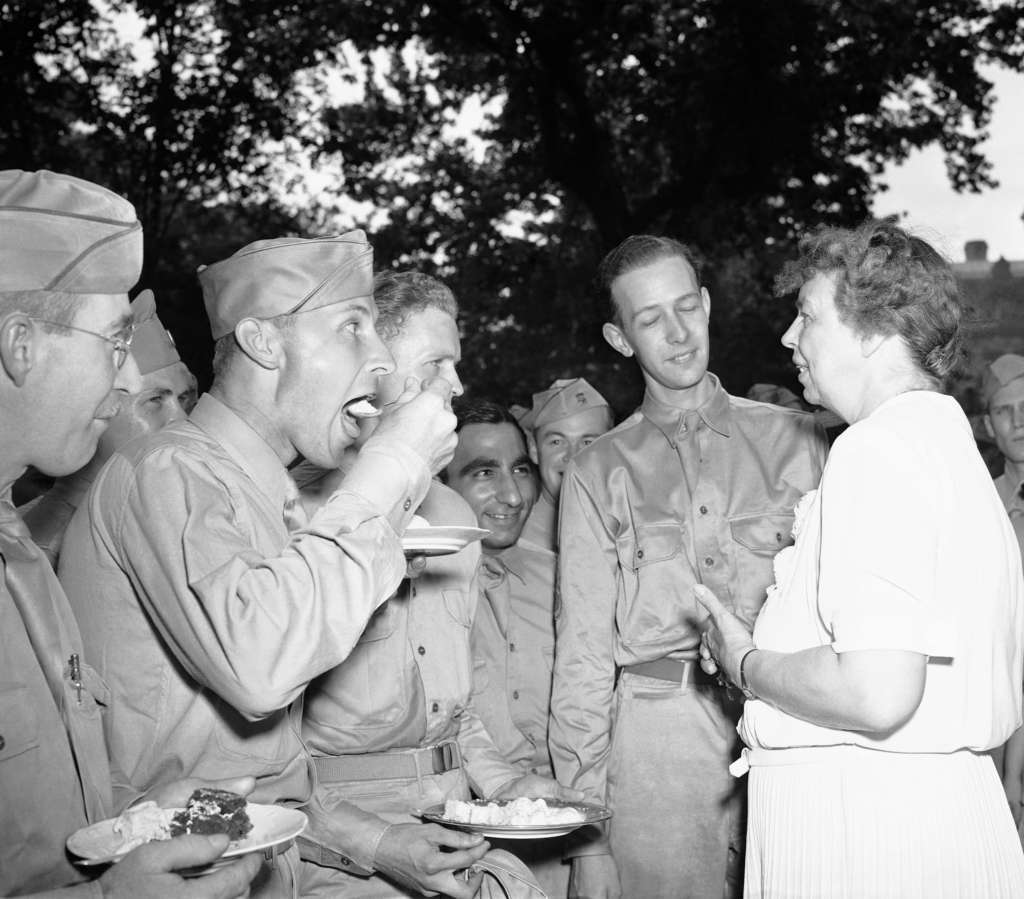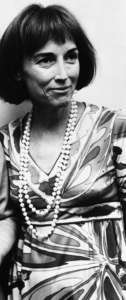WASHINGTON — What’s one thing former first lady Eleanor Roosevelt and longtime Cosmopolitan editor Helen Gurley Brown have in common?
Here’s a hint: It’s the same thing we all have in common — food.
Everybody eats, but not everyone eats the same thing. And the food one consumes on a day-to-day basis tells a lot about that person.
“I think our whole lives can be read into what we eat, what we choose to eat, how we cook, how we feel about the person for whom we cook,” said food writer and culinary historian Laura Shapiro.
“When you look right at the food, where it comes from, its history, and then you put it into the personal context of the table where it’s being served, the people around the table …I think that’s the whole world.”
In her new book, “What She Ate,” Shapiro tells the stories of six women from a new perspective — that of what they ate.
Eleanor Roosevelt is well known for her role as a politician, diplomat and activist, but during her time in the White House, she was also famous for serving some of the worst food in the history of U.S. presidencies.

“And everybody talked about it at the time,” Shapiro said, adding that while meals at the White House were economical, they were far from appetizing.
“It was badly cooked, it was very bland, it was silly with the marshmallow salads that were somewhat popular at the time, but you didn’t expect to see it at the White House, so there was that whole aspect of the food.”
However, while researching Roosevelt’s life outside the White House, Shapiro came across records and reports that were pleasantly surprising, including Roosevelt’s newfound love for a pancake dessert, smothered in Vermont maple syrup.
“Well, that is not the Eleanor Roosevelt we think of in the White House, but it was the other Eleanor Roosevelt, and I was so happy to discover her,” Shapiro said. “She followed her own appetite and her own tastes.”
Fast-forward to the 1960s and the decades that followed, and Cosmopolitan editor Helen Gurley Brown wrote non-stop about her love of indulgent foods, such as cookies, brownies and whipped cream. The only thing is, she rarely ate them.

“Food was incredibly important [to her], but what was more important was denying herself the food,” said Shapiro, who described Gurley Brown’s relationship with food as less of a passion and more of a mania.
The serial dieter got much more joy out of staying slim than the guilt that followed after biting into a brownie.
However, there was one dessert she wrote about that she would frequently eat: Jell-O, or more specifically, a package of Jell-O made with one-quarter the amount of liquid the recipe called for.
“So that what you got was like this red, rubber-brick tasting of chemical sweeteners,” Shapiro said. “She said this was delicious. This, to her, was heaven. She ate it once a day and twice on weekends. To me, you look at that lurid, red, chemical Jell-O and you see Helen Gurley Brown.”
Other women Shapiro exposes through their cuisine include novelist Barbara Pym, London caterer-turned-social-climber Rosa Lewis, Hitler’s mistress Eva Braun and Dorothy Wordsworth, sister of the poet William Wordsworth.
“I wanted people who had kind of a mystery at the core. There had to be something unknowable about them,” Shapiro said.
“And food tells us everything.”







